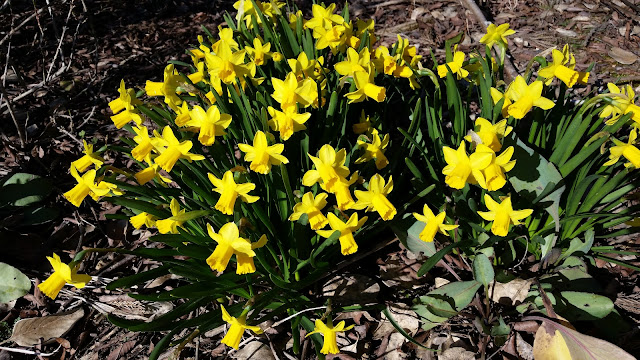CHRISTIAN LEADERS AND THE EVIL OF WAR
The Christian church in general had two major moral failings in the Twentieth Century world. One was inadequate response to the evils of the totalitarian regimes, including aggressive war and the Holocaust. The other was child abuse and its cover up. There are two general categories of sin identified in the prayer book: the sin of omission and the sin of commission (by what we have done, and by what we have left undone). The church managed to commit both of these sins in the Twentieth Century. Failure to condemn the perpetrators of evil aggressive war was the sin of omission. Abusing children and covering it up was the sin of commission. If the church is to survive and thrive in the future, it must accept, repent, and atone for these enormous sins. Whether the church has actually done so, or will do so, remains to be seen.
In the face of the monstrous and deadly aggression now being directed by the Russian President against the innocent and independent nation-state of Ukraine, it is appropriate to revisit the first item. How should the Christian church respond today to Putin and the unprovoked Russian attack on Ukraine?
On September 1, 1939, Nazi Germany launched an all-out attack against its innocent neighbor, Poland, in a move to gain control over the country (thus starting WWII). Within a month, the ferocious blitzkrieg killed countless thousands of military and civilian Poles and all but destroyed the great cities, as Warsaw. How did the leaders of the Christian churches respond to this evil? Tepidly. The pope, and others, issued generic calls for peace but failed to lay the blame where it was, on Germany and Hitler. They refused to confront and condemn the national and personal perpetrators of the most heinous crimes against humanity. They failed in their moral duty. This was to continue through the Second World War. The Catholic Church did not reprimand arguably the most evil man in modern history, Adolf Hitler, let alone excommunicate him. He had been baptized and reared in the Catholic Church.
So, the question now is, how are the Christian leaders of the world responding to the monstrous evil of our day? Will this be September 1939 all over again? Will the church commit another colossal sin of omission?
So far, the leaders of the three largest branches of the Christian church have responded decisively and forcefully to the Russian invasion of Ukraine. Pope Francis used the word evil, "war is...a stinging defeat before the forces of evil." He even took the unprecedented measure of going personally to the Russian ambassador to the Vatican and pleading with the Russians to keep the peace.
Even more blunt was the Archbishop of Canterbury. He denounced the Russian attack as "an act of great evil."
Bartholomew, the Patriarch of Constantinople, and prime leader of the Eastern Orthodox churches condemned the acts of Russia against Ukraine. Find his remarks here .
Curiously enough, the response from America has been much more reserved that that of the Europeans. The Presiding Bishop of the Episcopal Church, Michael Curry, participated in an online vigil with other church leaders on 23 February. They made a generic call for peace, but I have seen no direct condemnation of Putin, or Russia. Even more tepid has been the reaction of Foley Beach, the archbishop of the Anglican Church in North America. The only response I could find from him was a general prayer for peace posted on Facebook. Find it here . As far as I can tell, neither Curry nor Beach has publicly condemned Russia, or President Putin. The same is true of GAFCON. If this continues on indefinitely in the face of such obvious evil, it would be indeed the sin of omission, just like that of 1939.
Not surprisingly, Kirill, the Patriarch of Moscow and head of the Orthodox church in Russia pointedly refused to condemn Russia or Putin. He is the lonely outlier here. Apparently, Kirill has not accepted the fact that the Ukrainian Orthodox church became independent of the Russian church by recognition of the Patriarch of Constantinople in 2019. Find Kirill's statement here .
In conclusion, 2022 is not 1939 all over again. The most important Christian leaders in the world have condemned in no uncertain terms Russia for its evil war on its neighbor Ukraine. This is a step in the right direction of reestablishing the church's moral authority after the battering of its failures of the Twentieth Century.
However, as a word of caution, this war could very well get much uglier and deadlier and the church could have a much greater challenge on its hands. According to news reports, the Russians have some new fearsome weapons, as the fire agent that vaporizes human bodies; and of course, as Putin has just reminded everyone, Russia has nuclear weapons.









